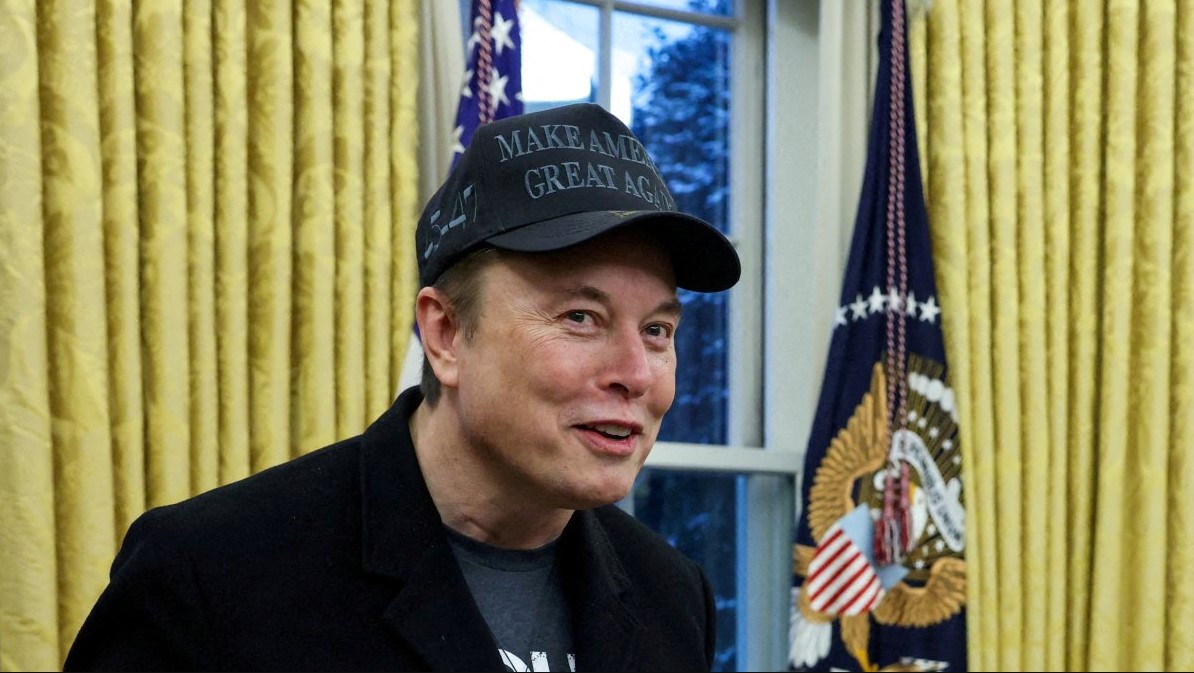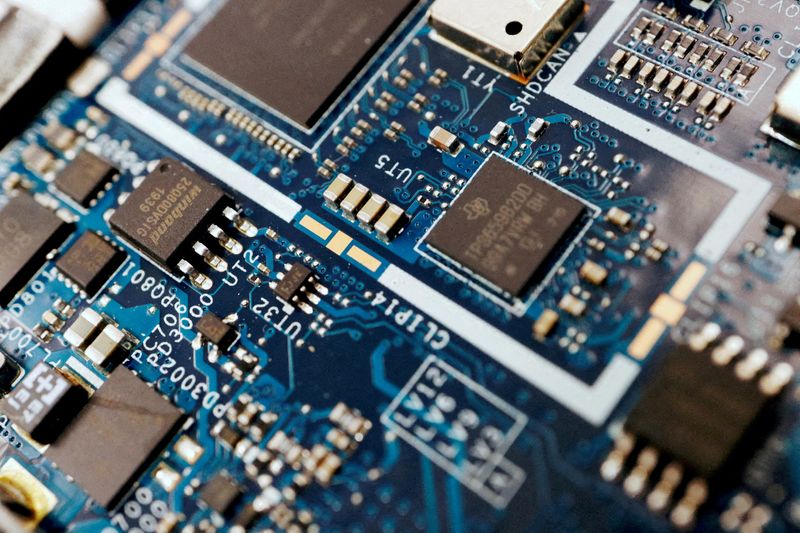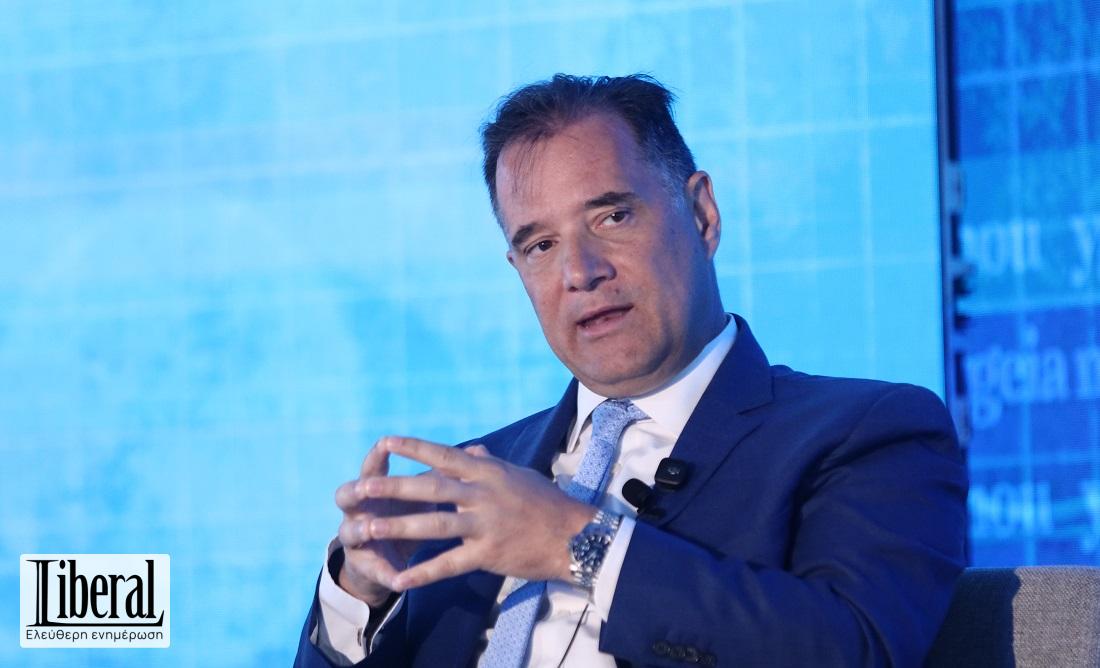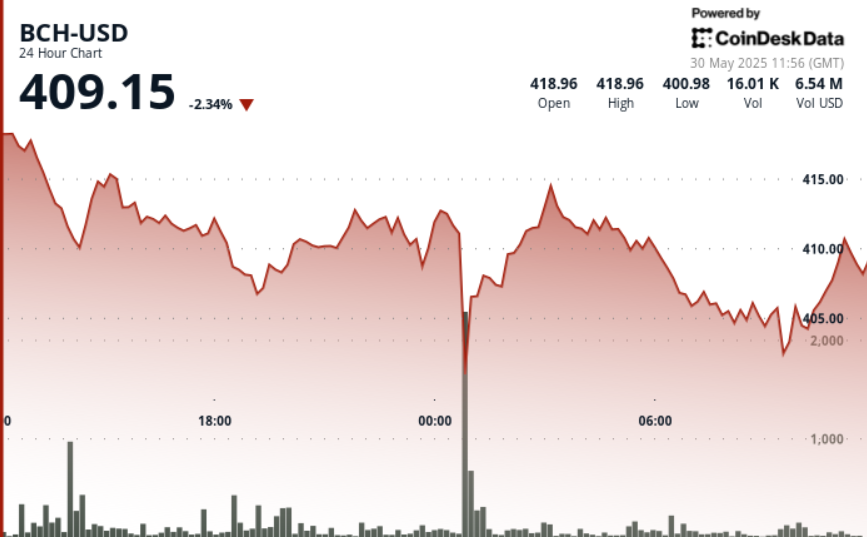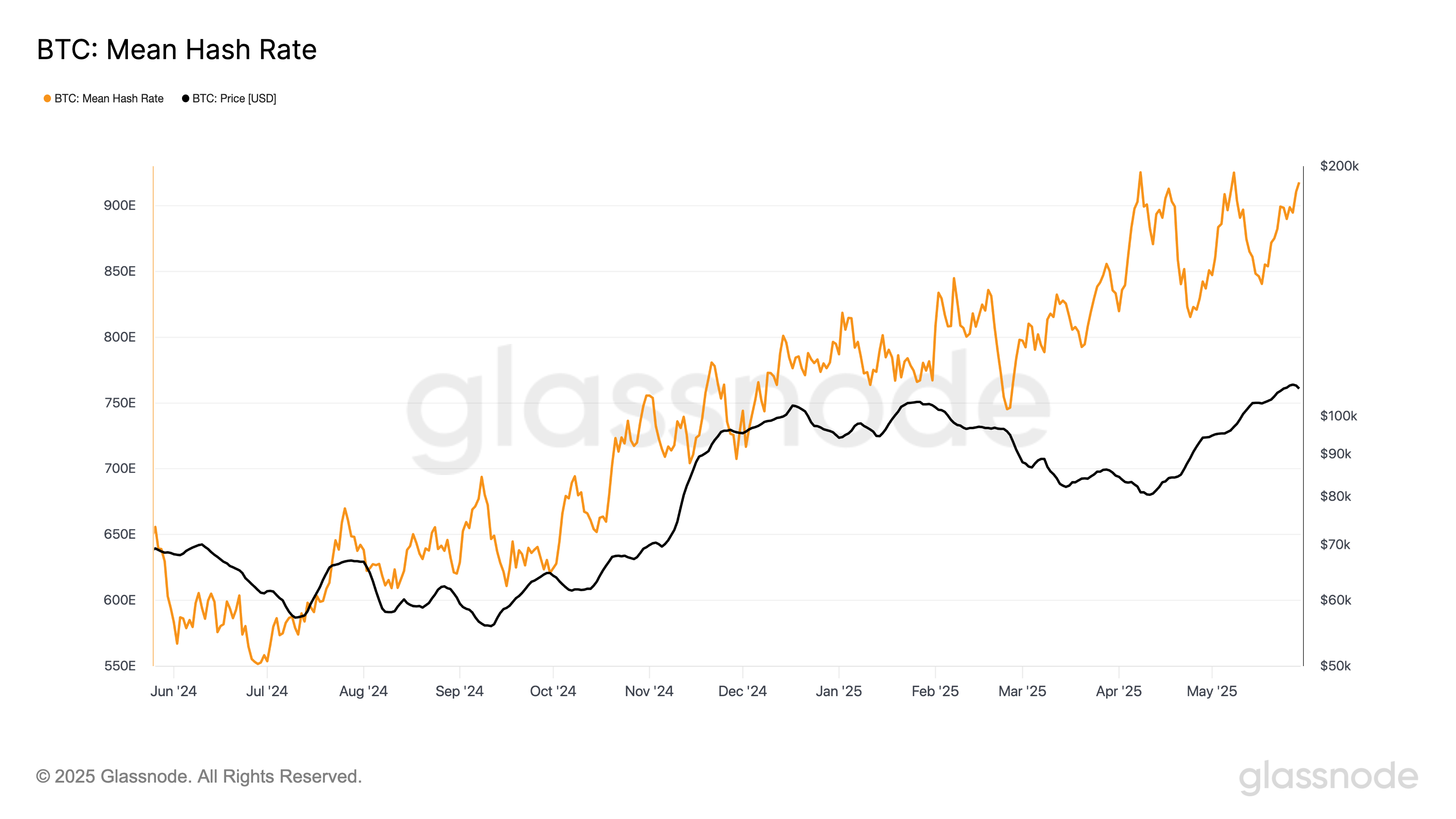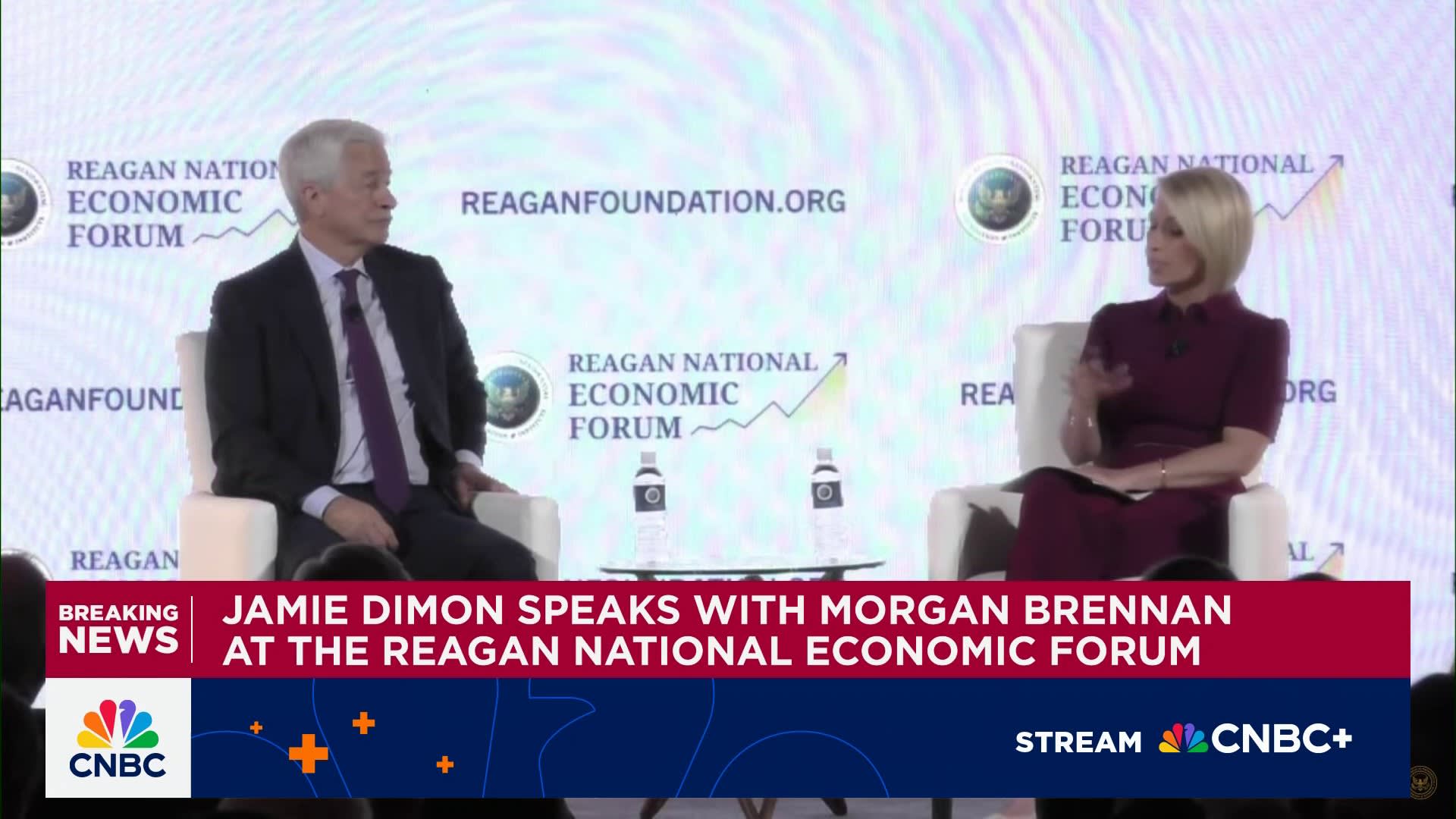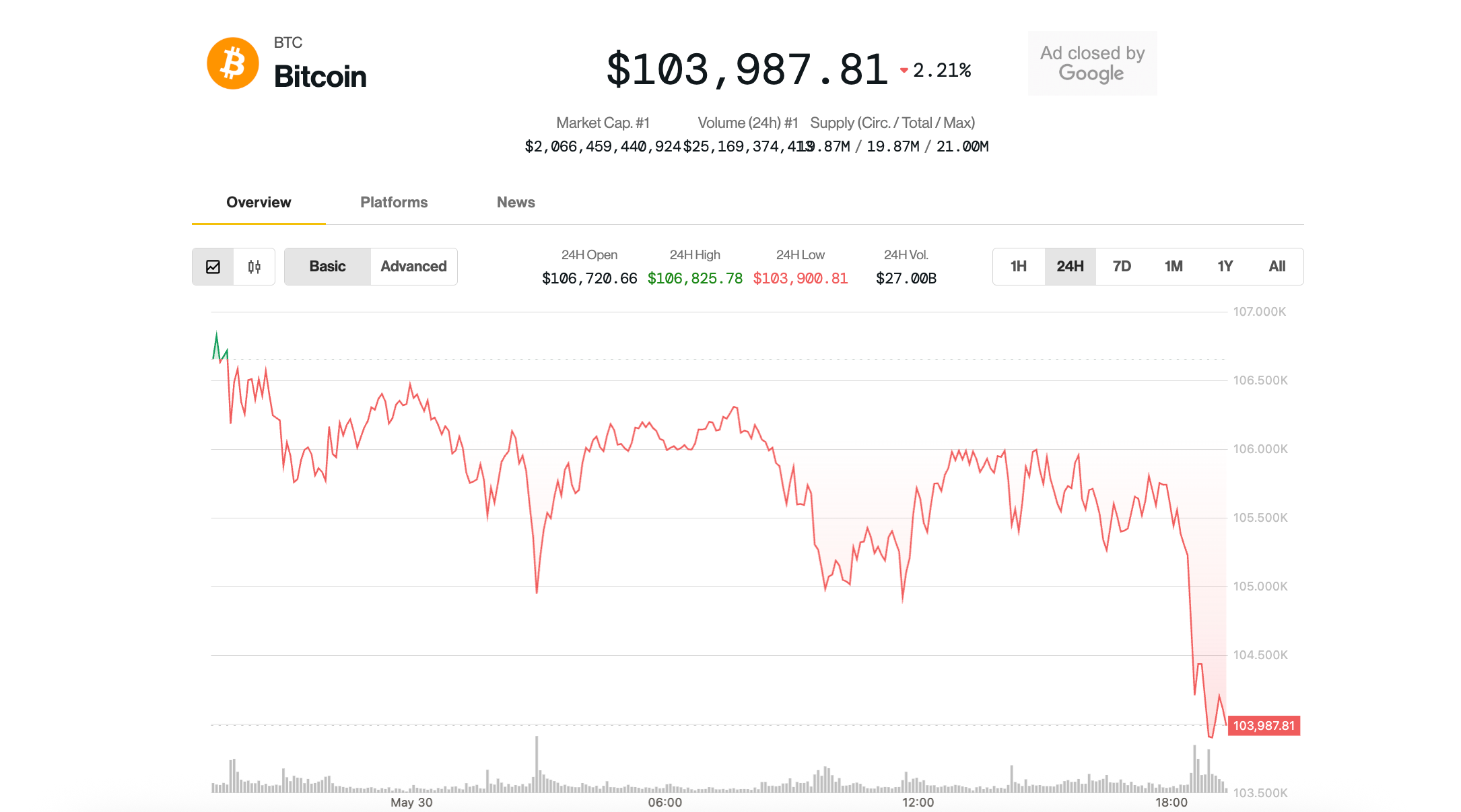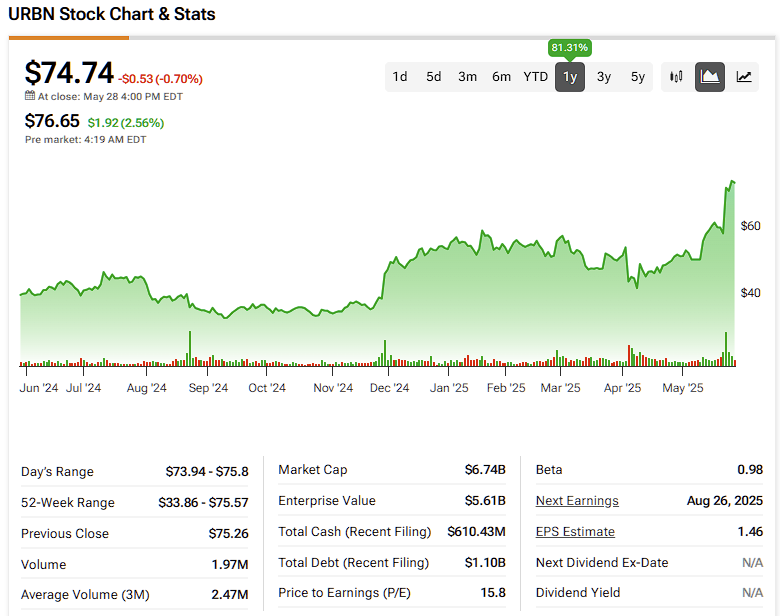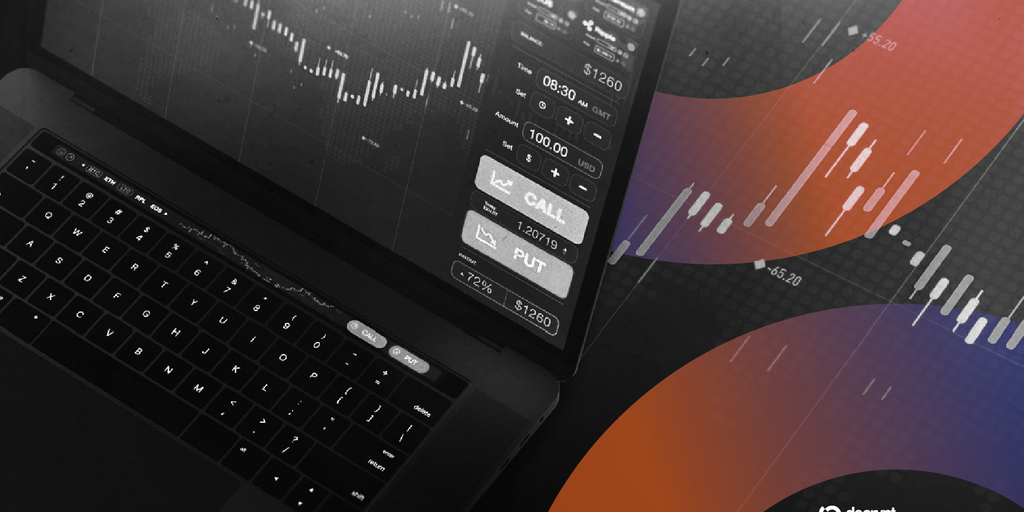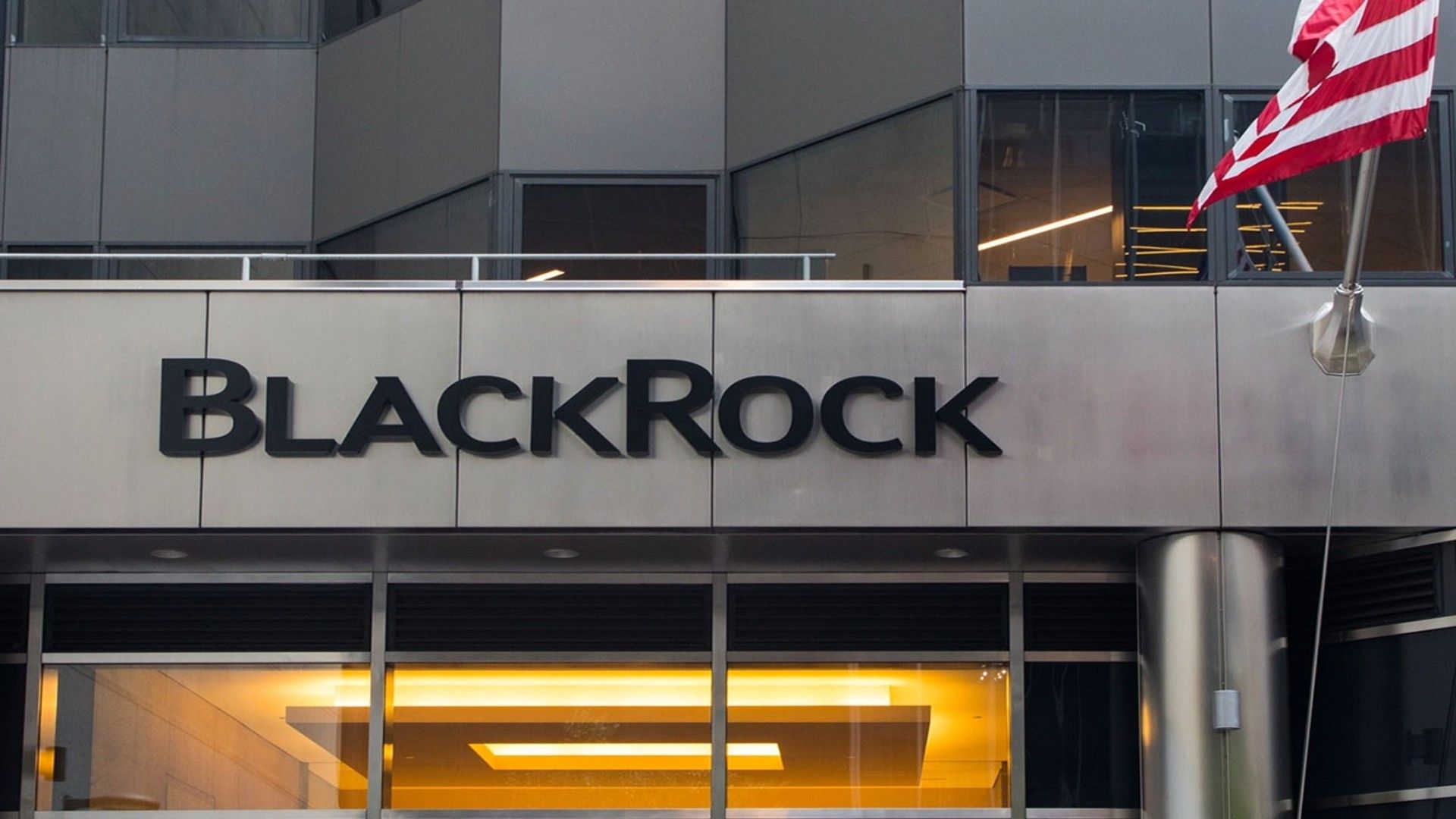Trump tells US chip designers to stop selling to China, FT reports
"We are aware of the reporting and speculations, but Synopsys has not received a notice from BIS ... We have not received a letter," Ghazi said.
After the market closed, Synopsys reaffirmed its revenue forecast for 2025. Its shares and those of Cadence bounced back 3.5% in trading after the close.
Restricting Chinese firms' access to EDA tools would be a big blow to the industry as Chinese chip design customers heavily rely on top-of-the-line U.S. software. In April, Chinese state news agency Xinhua said Synopsys, Cadence and Siemens's Mentor Graphics together control more than 70% of the market share in China.
Chinese companies that have said they use Synopsys and Cadence software include design firm Brite Semiconductor, Zhuhai Jieli and semiconductor IP portfolio provider VeriSilicon.
VeriSilicon and Brite did not immediately respond to emails seeking comment. Calls to Zhuhai Jielei went unanswered.
'CHOKE POINT'
However, three sources familiar with the matter in the EDA tools industry said on Thursday that business was still carrying on normally in China as companies awaited more clarification on how the restrictions need to be implemented.
"I believe this is another ineffective measure that will only help China advance its self-reliance, just like with semiconductors," said Nori Chiou, investment director at Singapore-headquartered White Oak Capital Partners, adding that there are many pirated versions of these design tools, which are not hard to obtain.
Chiou said once legitimate channels are blocked, many Chinese EDA companies will benefit.
Domestic alternatives to the U.S. firms' tools include Empyrean Technology and Primarius Technologies, whose shares jumped 17% and 20% respectively. In 2023, Huawei said it had developed its own EDA tools for chip designs that can be produced at 14-nanometre or more advanced technology. It has been blocked from using U.S. suppliers since 2019. Any move to strip the software makers of their Chinese customers could deal a blow to their bottom.
"They are the true choke point," said a former Commerce Department official, who added that rules restricting the export of EDA tools to China have been under consideration since the first Trump administration, but were ruled out as too aggressive.
Synopsys relies on China for about 16% of its annual revenue, and China accounts for about 12% of annual revenue for Cadence.
Synopsys, which partners with chip companies such as Nvidia, Qualcomm and Intel, provides software and hardware used for designing advanced processors.
The Financial Times earlier reported that the Trump administration had ordered the software firms to stop selling their services to Chinese groups.
(Reporting by Karen Freifeld; Additional reporting by Alexandra Alper, Costas Pitas, Juby Babu, Eduardo Baptista and Anneli Palmen; Writing by Chris Sanders; Editing by Vijay Kishore, Daniel Wallis, Tom Hogue, Saad Sayeed and Tomasz Janowski)
Content Original Link:
" target="_blank">










